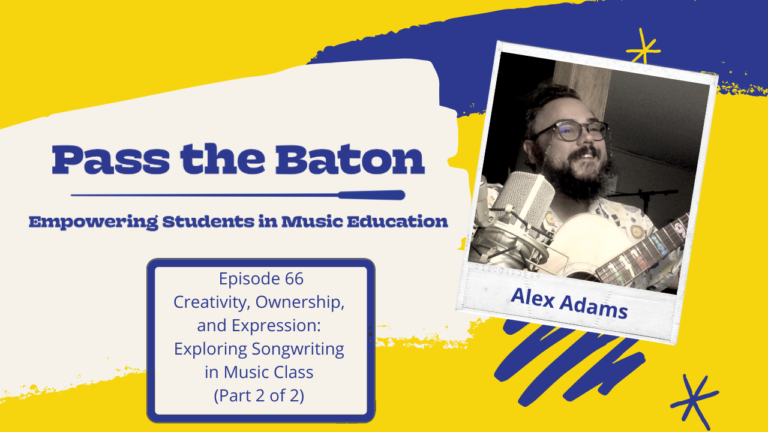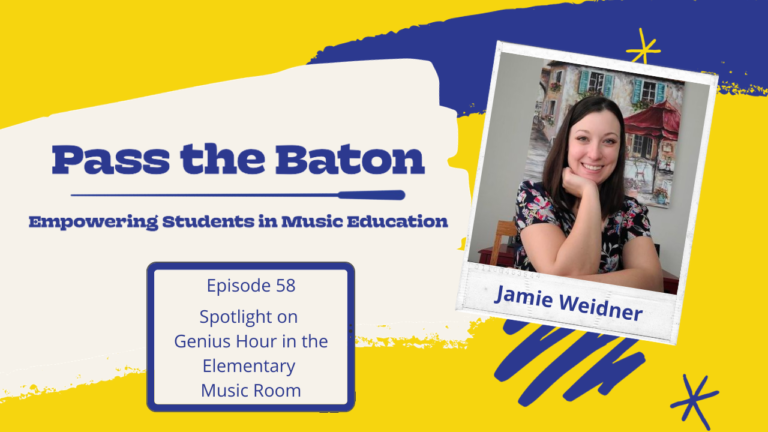One thing we have learned over the last nine months is that music teachers are incredibly creative people and very capable of innovation! We’ve seen bitmoji classrooms, virtual field trips, bouncing ball videos and more. All of this to meet the musical needs of our students during a highly unusual time in history. Where there’s a will, there’s a way! As we enter the second half of the school year and continue on this creative path, we should keep one thing in mind: always consider the learner experience.

We’ve seen teachers post on social media about how they’ve spent 30 minutes explaining a concept only to have student submissions lacking and riddled with “I don’t know” comments. It’s frustrating when we don’t get the results we were looking for. If our students cannot accomplish the goal successfully, it’s time to reflect and reexamine the instruction.
As we create lesson plans and resources for our students, it’s easy to get lost in the task. Many of us now have less time and more content to create daily. However, we need to ask ourselves, “What will the student experience during this lesson?
Will the student get to make music?
How long are we asking students to sit and listen?
Do they get to interact with the lesson?
Are they able to share what they learned or share their thinking?
Do students have choices in the lesson?
When we take a step back and think about what the student’s experience in our class, we may find the need to structure lessons differently. The content shouldn’t change, but with a few small shifts in delivery, we can make the student experience much richer.
As educators, we love to share and demonstrate concepts, but wouldn’t students find joy in discovering it on their own? Most students retain more information when we give them time to explore, ask questions, and find their own answers. By allowing them to investigate first, they learn by trial and error. Then together you can focus on the details such as musical terminology and other specifics. For example, when introducing a new app or tech tool, allow students to experiment on their own first. Have the students share with the group what they found out about the tool, then you can fill in the gaps and explain the details of the assignment or task. The self-discovery will be much more valuable than having the teacher explain each step.
Allow voice and choice when possible. Ask students what kind of music they enjoy listening to, and incorporate that whenever possible. Give them choices in the music they engage with in class. Even if students are learning to play different songs, they can all be working on the same skills. They will be more motivated to work on something new if the music is interesting and meaningful to them.
When we give students a chance to interact with their learning, the spark comes back into their eyes. Students want to be active participants, we just need to set up the best learning experience for them to engage with the content.
In Pass the Baton we talk about the importance of student empowerment in music classes. The students should have a voice and make choices. They should be creating music. They should get to ask questions and find the answers. They should connect with other musicians inside and outside the classroom. When all of this happens, students are self-motivated and can truly take ownership of their music-making. While these concepts may feel challenging for this school year, if you start by considering the learner experience when lesson planning, student ownership won’t be far behind. It will take some forward thinking, but the results will be worth it!



